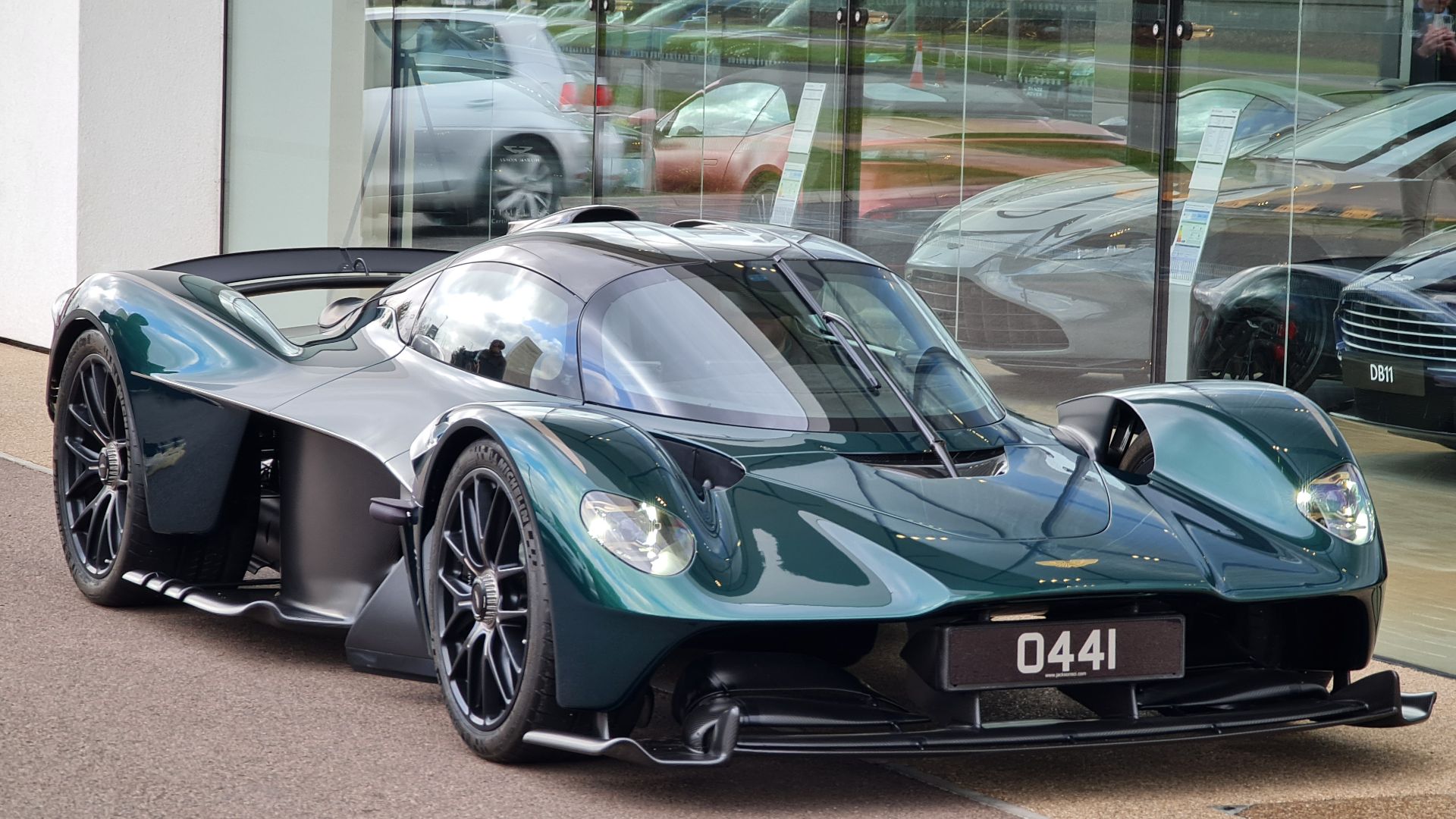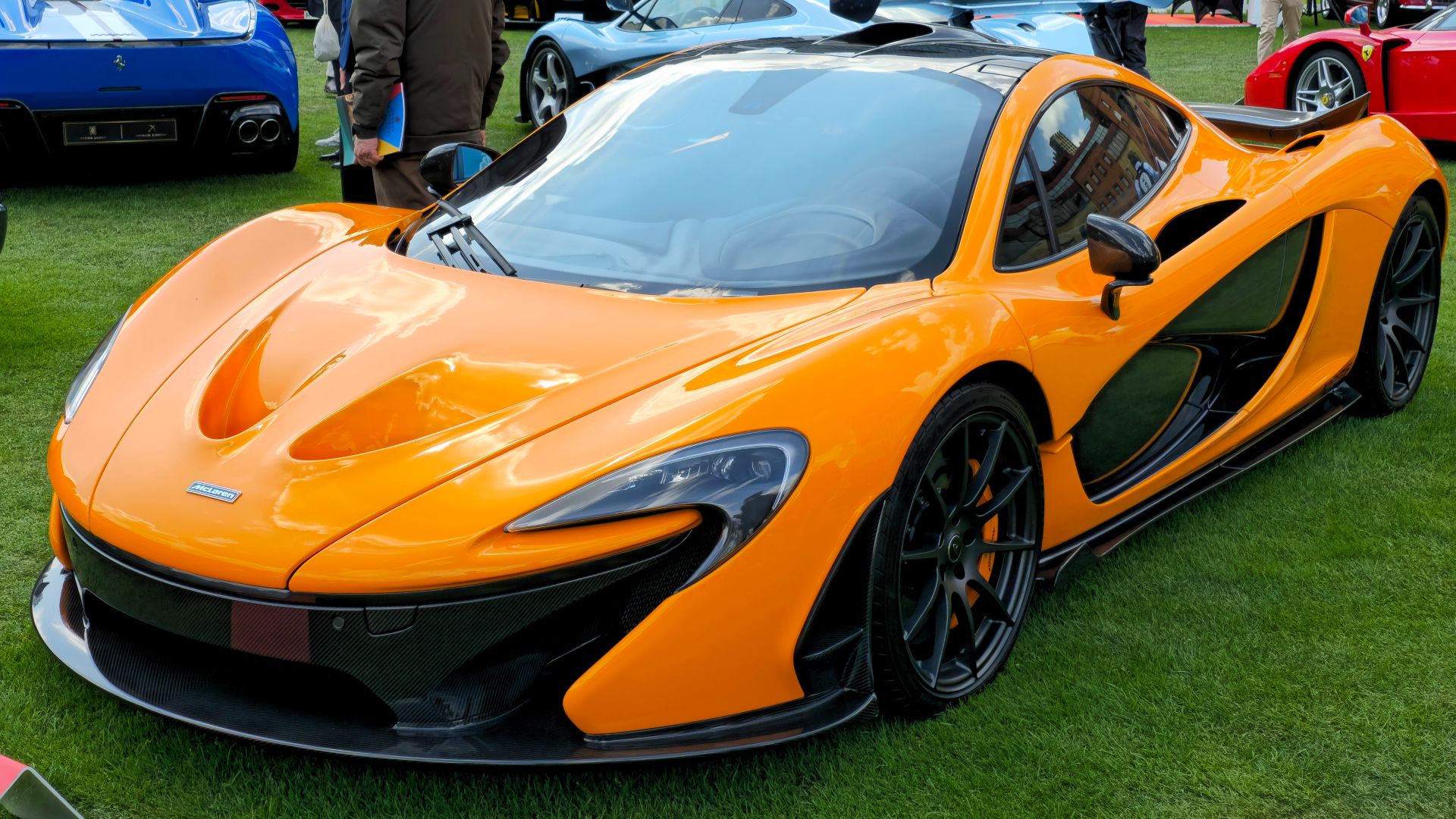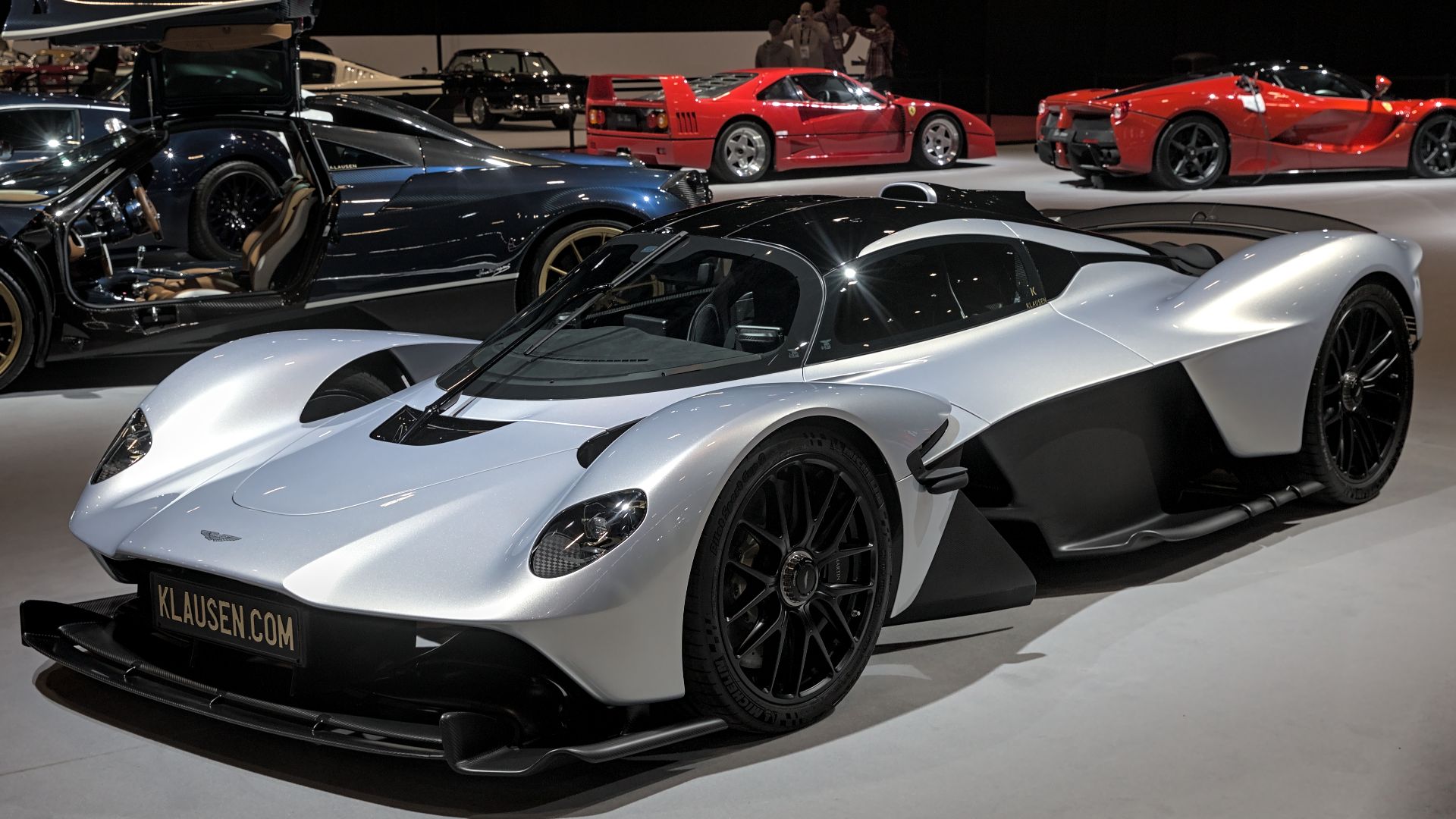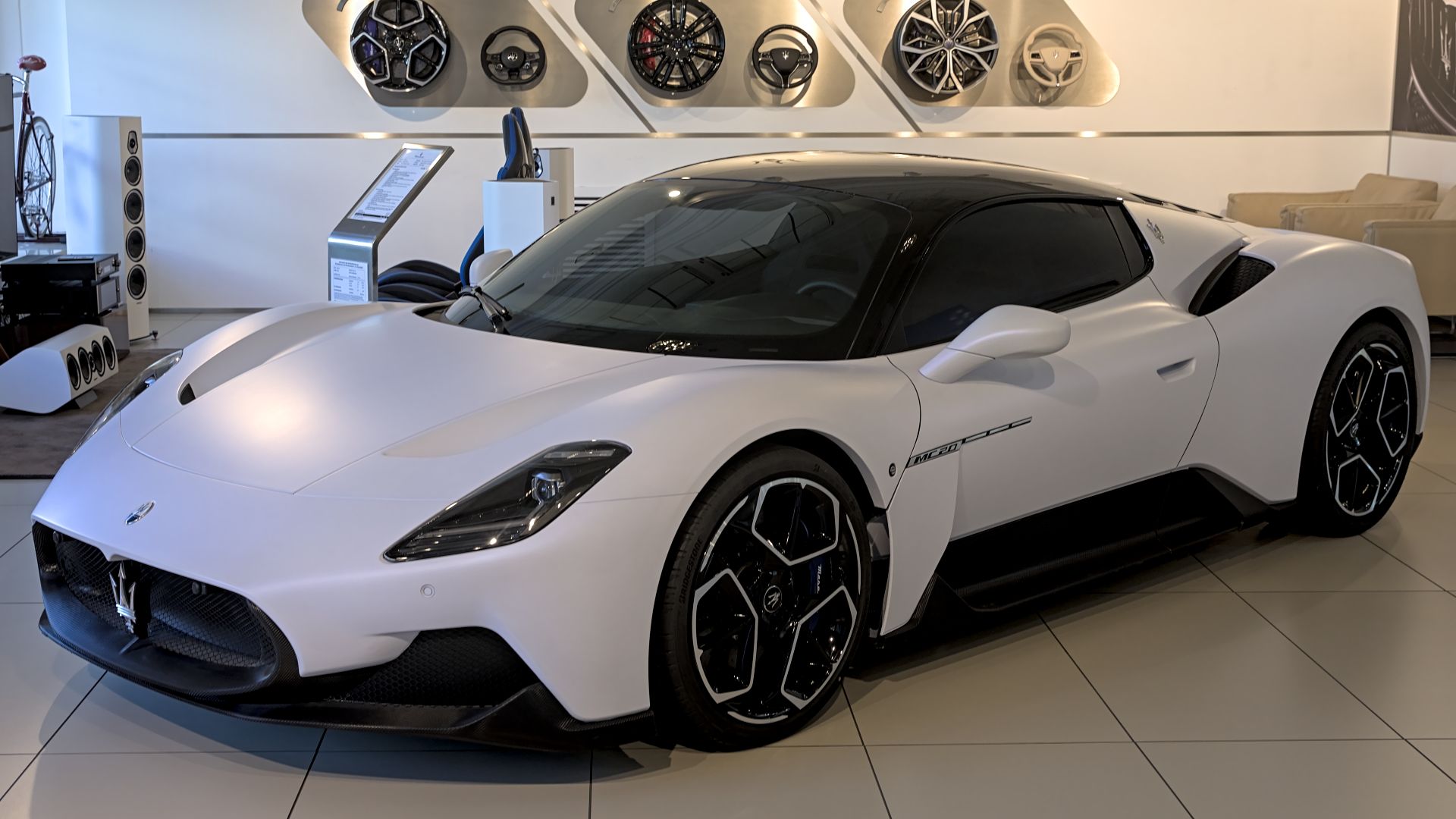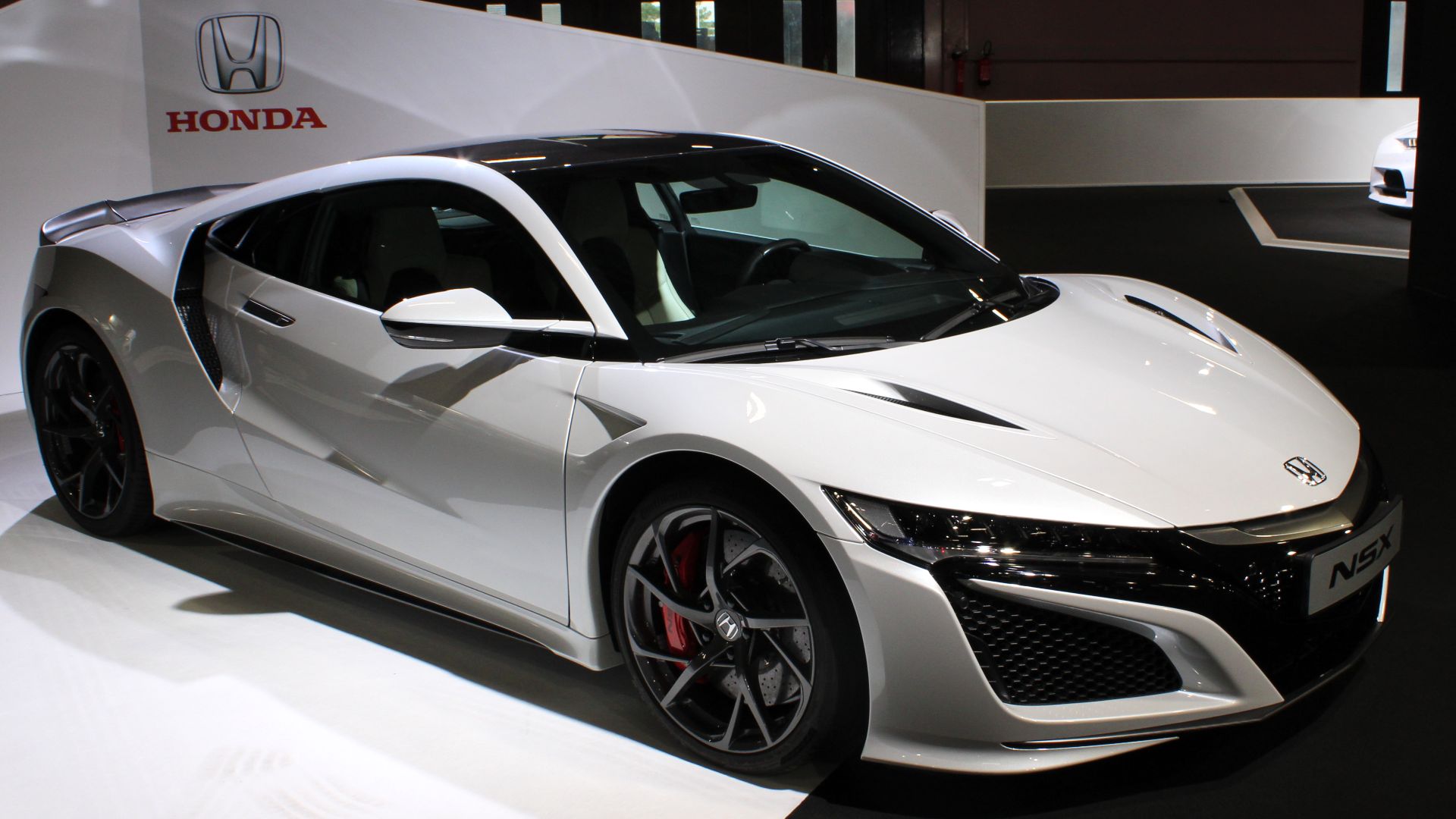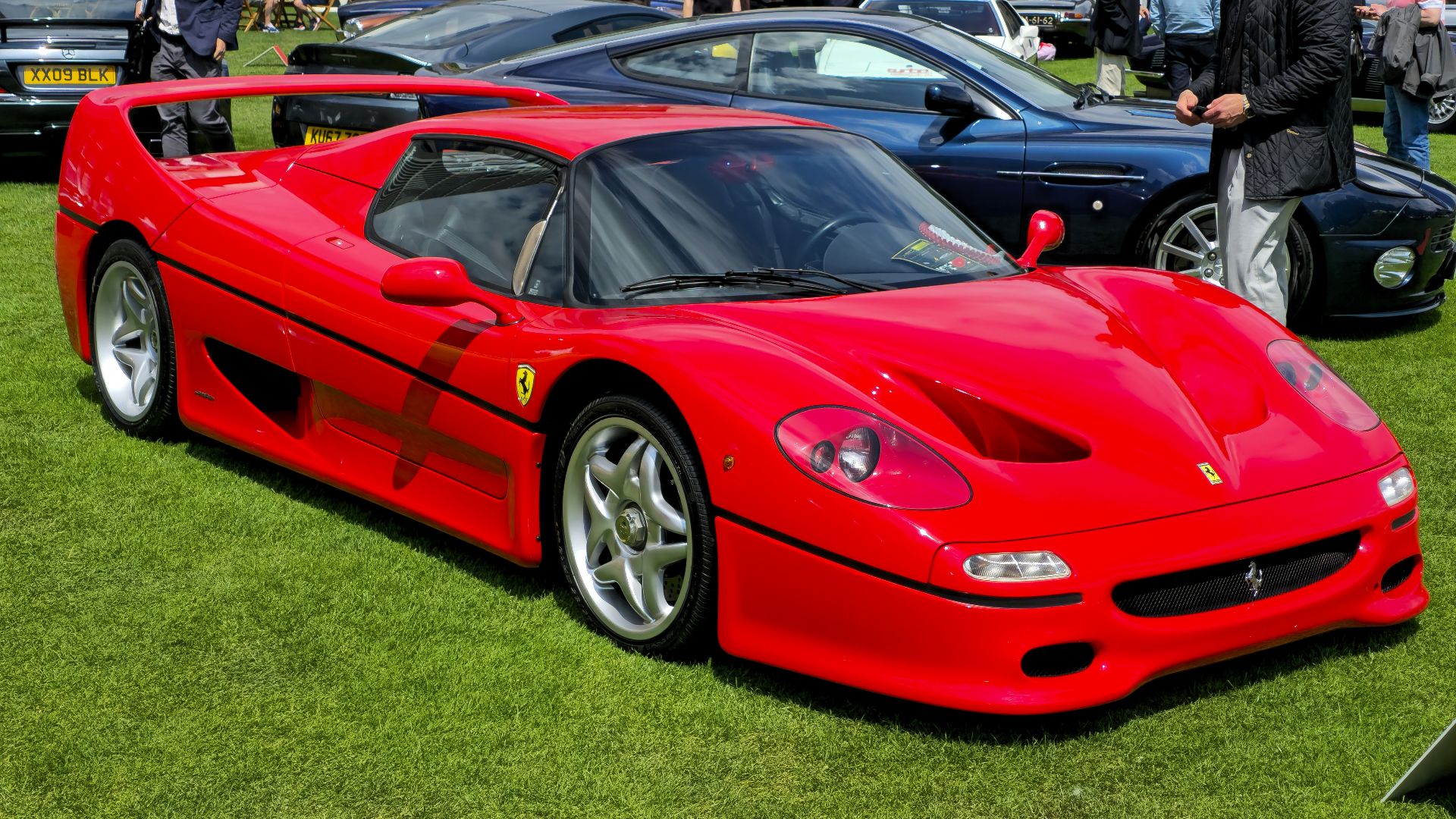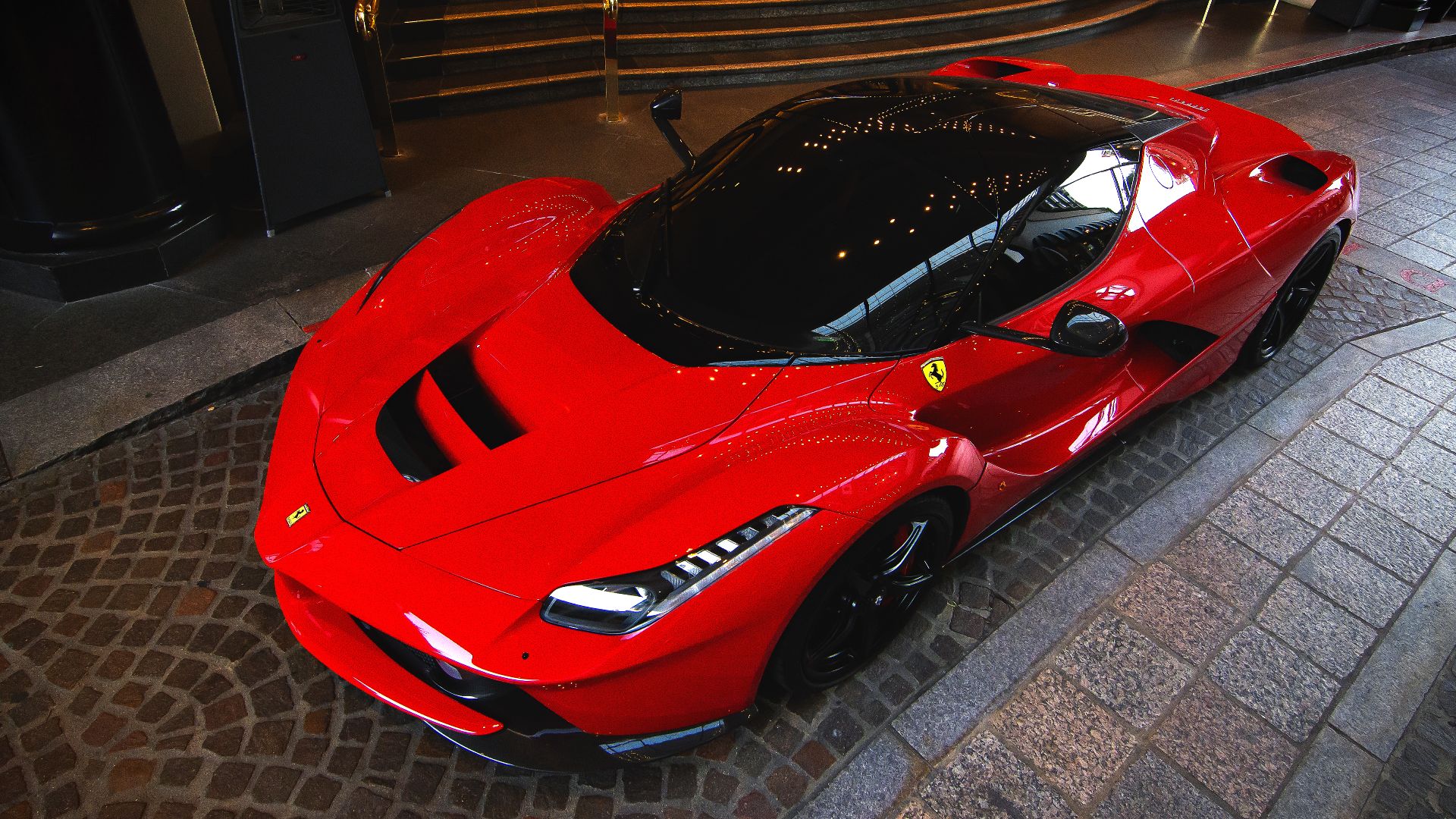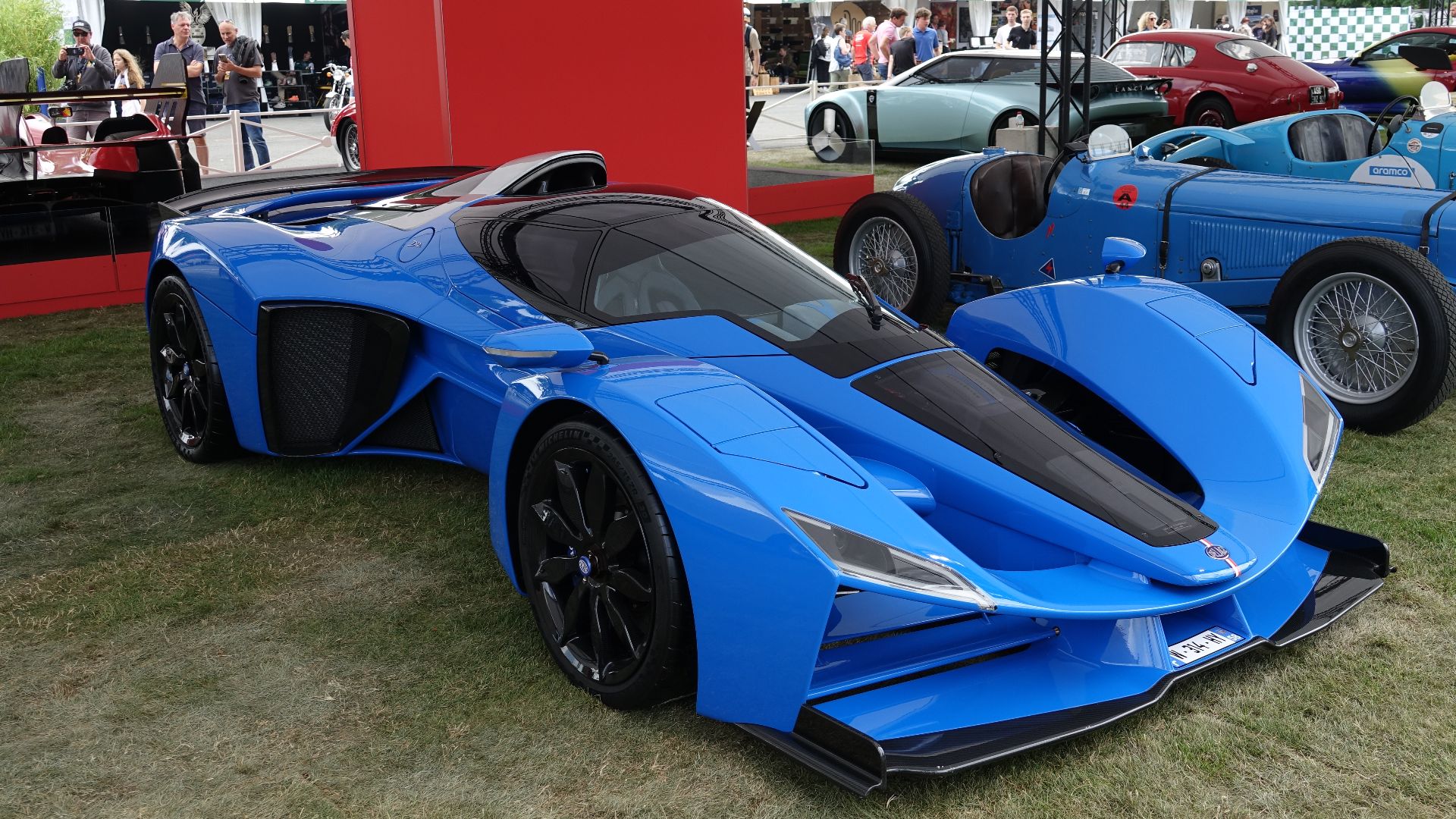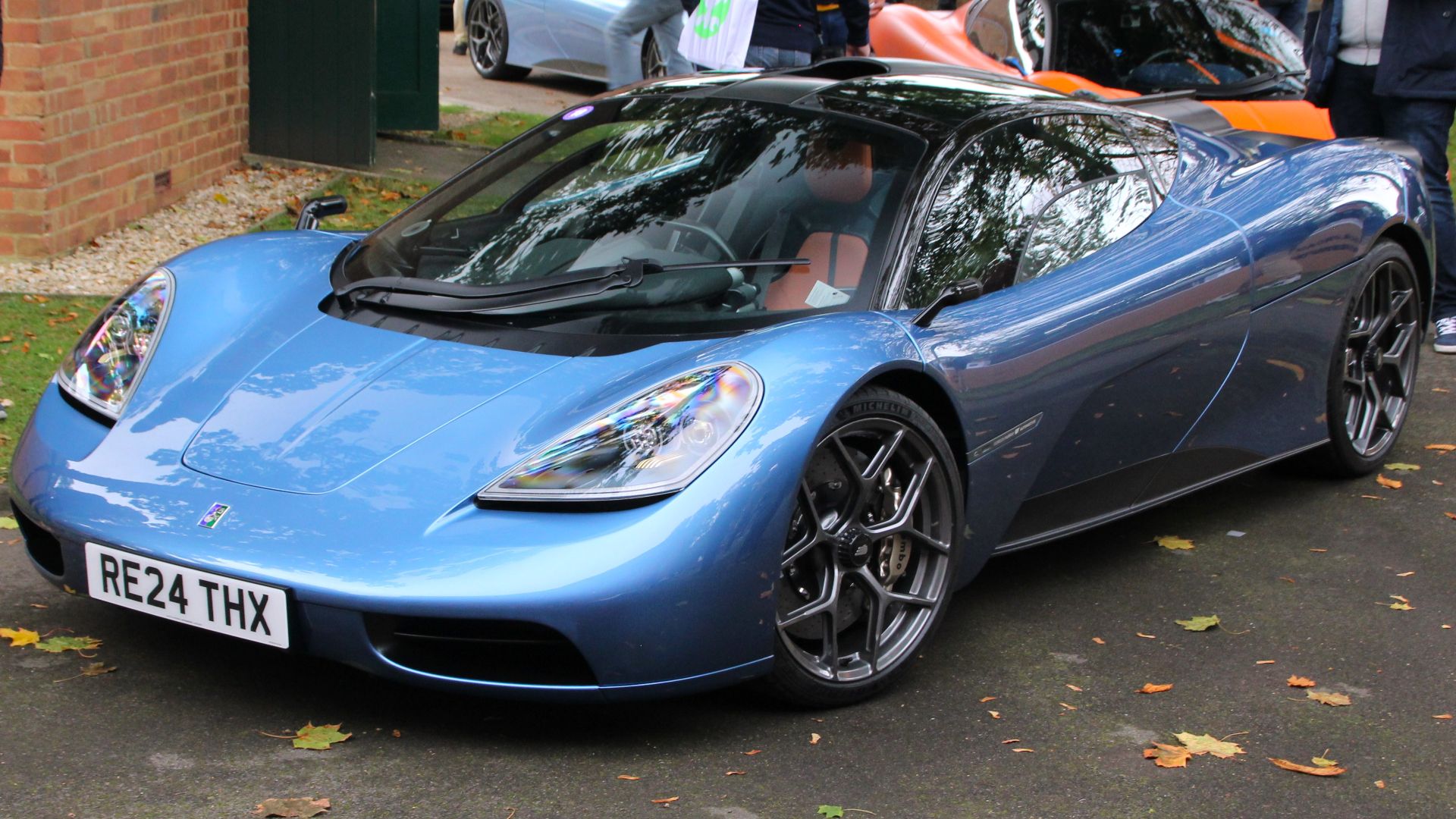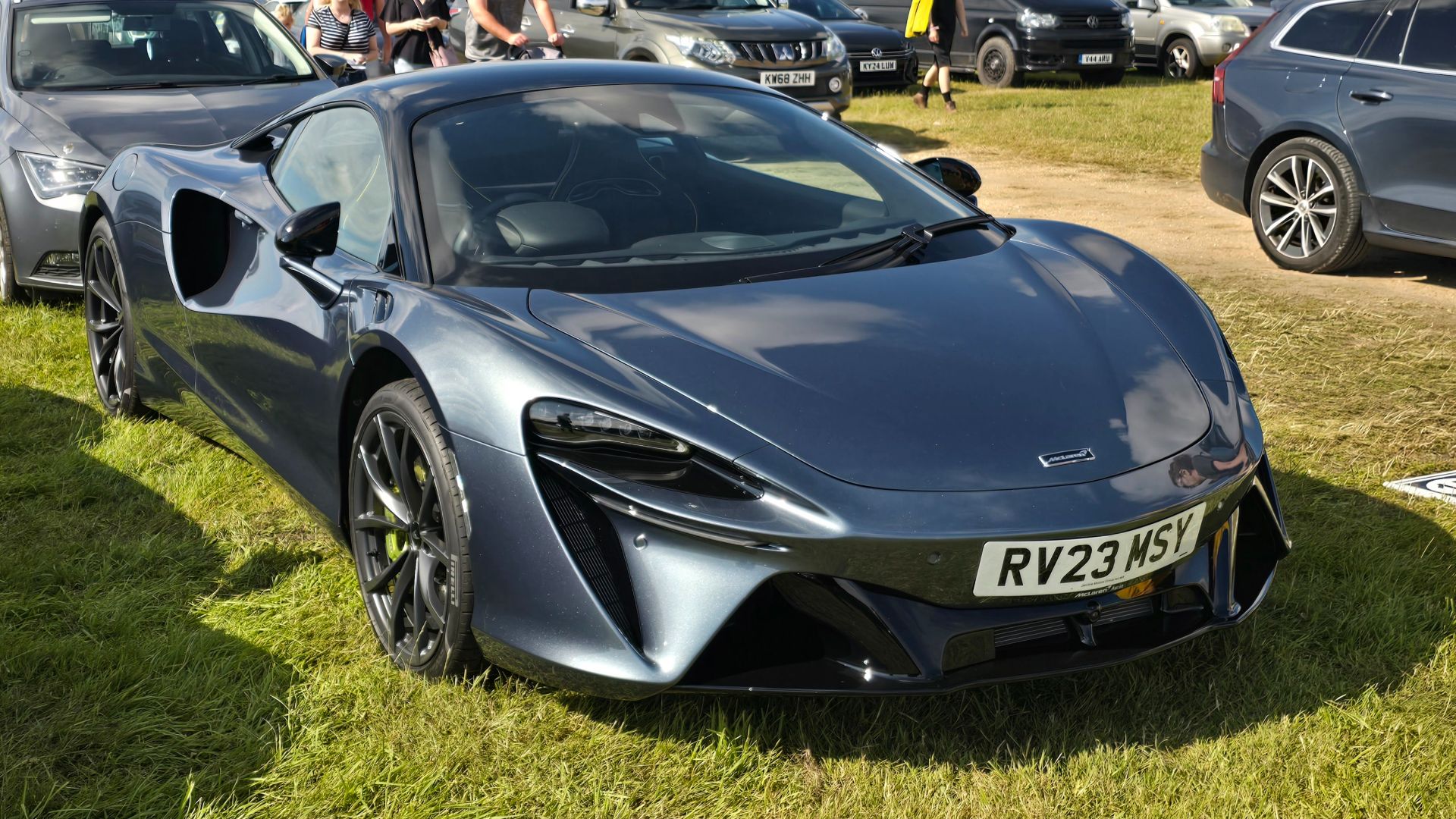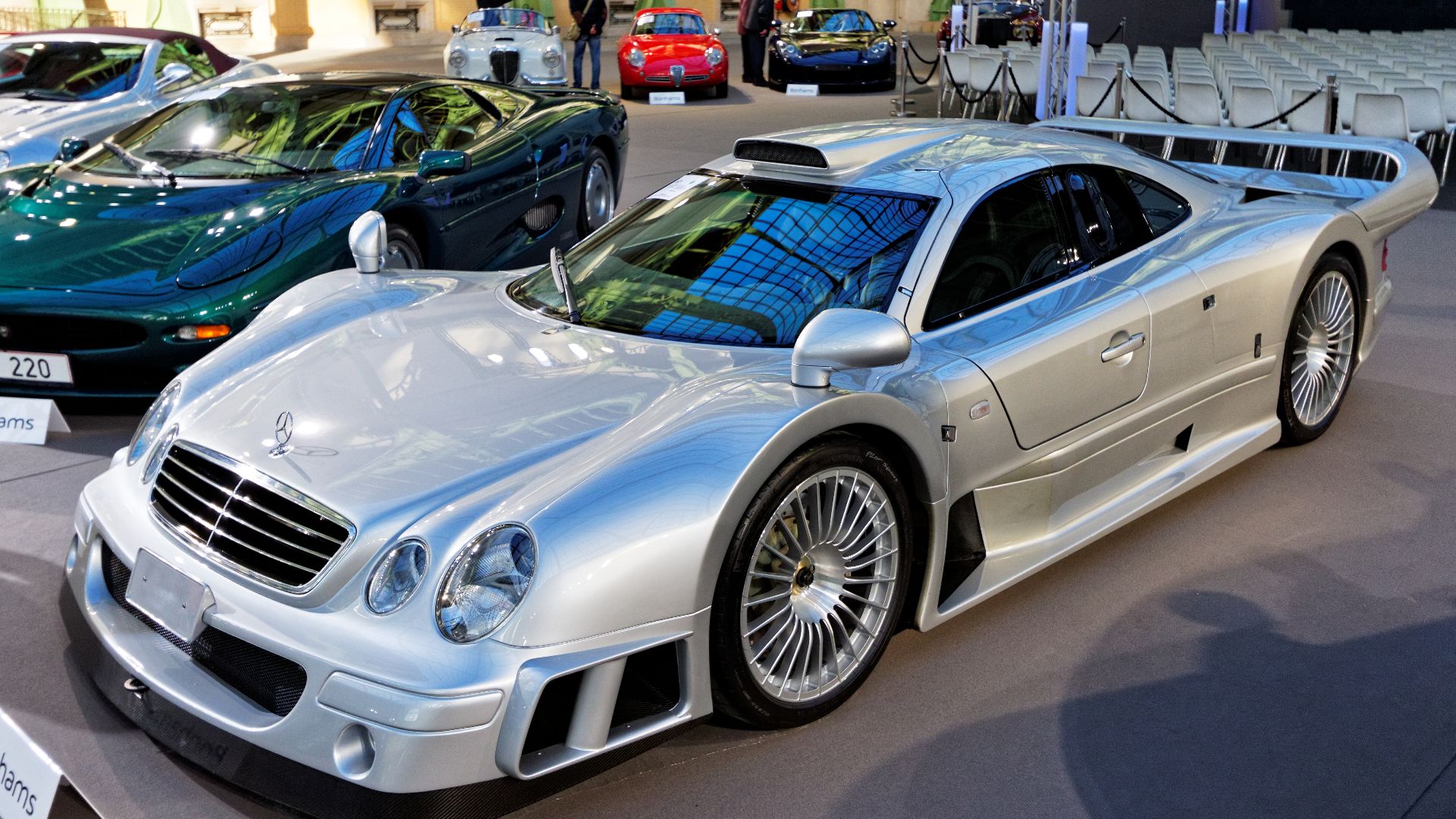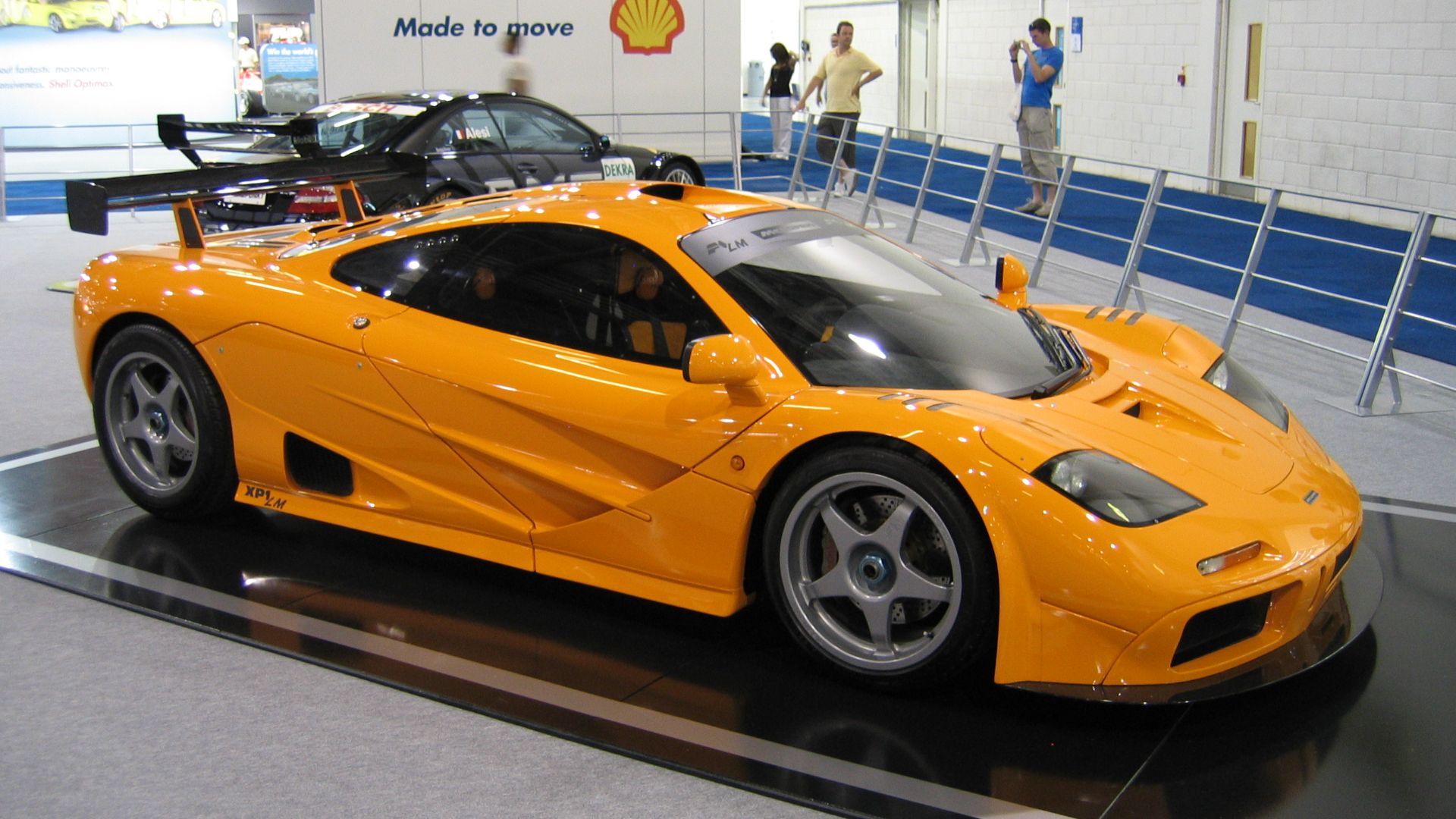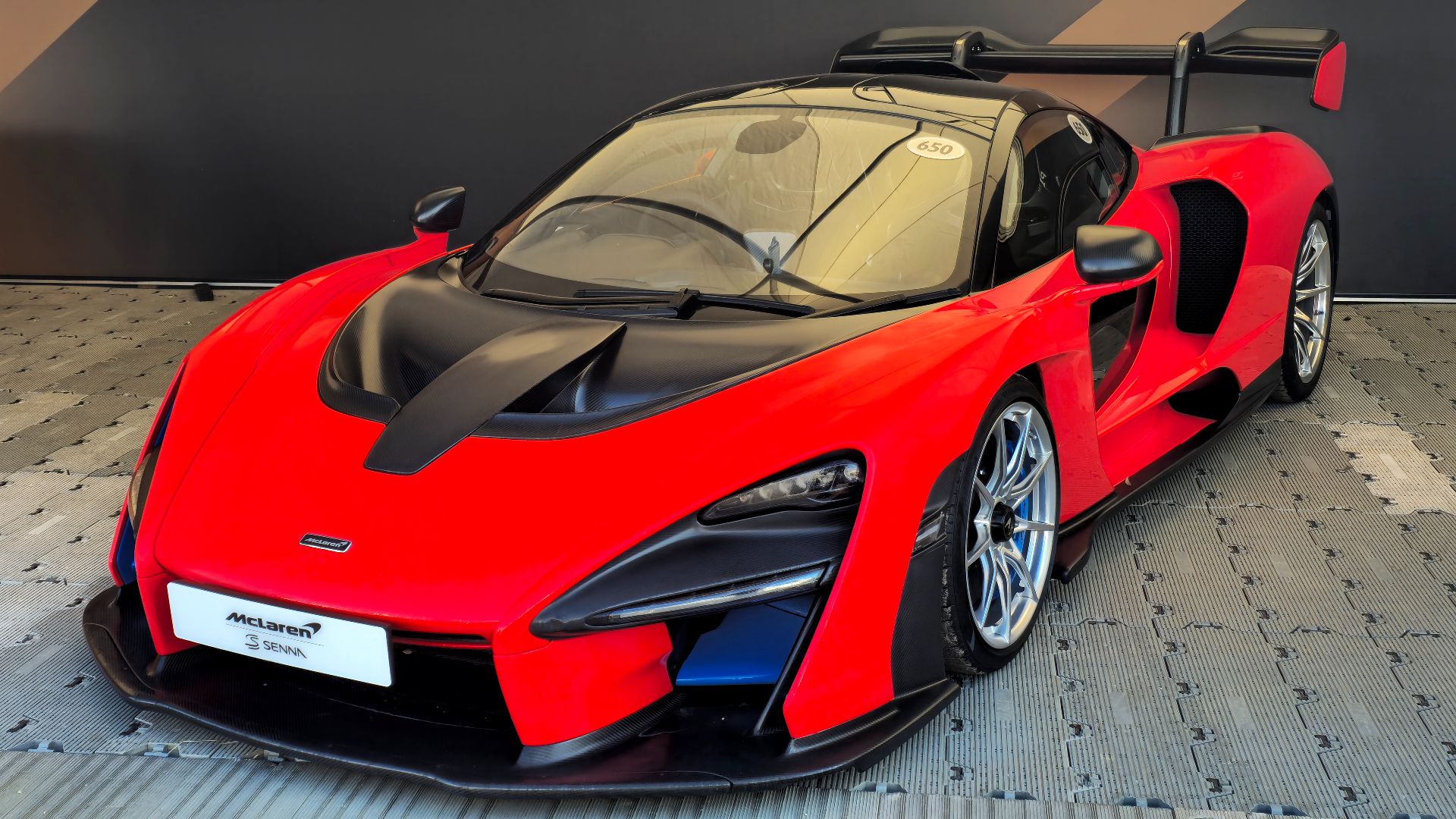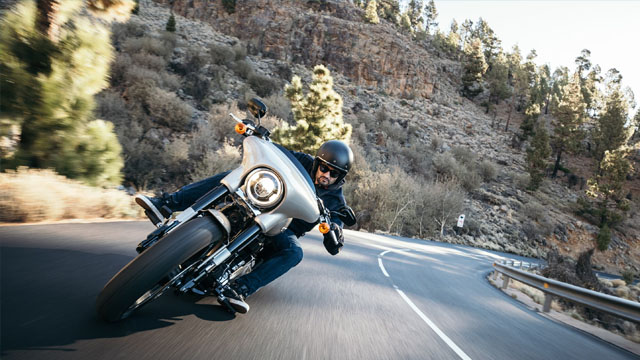When F1 Engineering Hits The Street
Not many street cars dare to tap into Formula 1’s advanced performance. But the ones that do? They are commendable and unforgettable! Many of them feature F1-grade tech and turn public roads into personal circuits. Want to see the everyday cars that carry true F1 DNA? Here are the top 20 of them.
1. Mercedes-AMG One
The Mercedes-AMG’s 1.6-liter turbocharged V6 hybrid is paired with four electric motors for 1,063 horsepower. This engine requires preheating to prevent engine damage—a trait shared with Formula 1 technology. AMG's engineering translates track-level demands into street-legal form.
 Andrew Basterfield on Wikimedia
Andrew Basterfield on Wikimedia
2. Ferrari SF90 Stradale
Combining a twin-turbo V8 with three electric motors, Ferrari's SF90 Stradale unleashes 986 horsepower. This powerful engine propels it from 0 to 100 km/h; a brake-by-wire system sharpens regenerative braking. The car's layout also includes all-wheel drive and pure-electric driving capability.
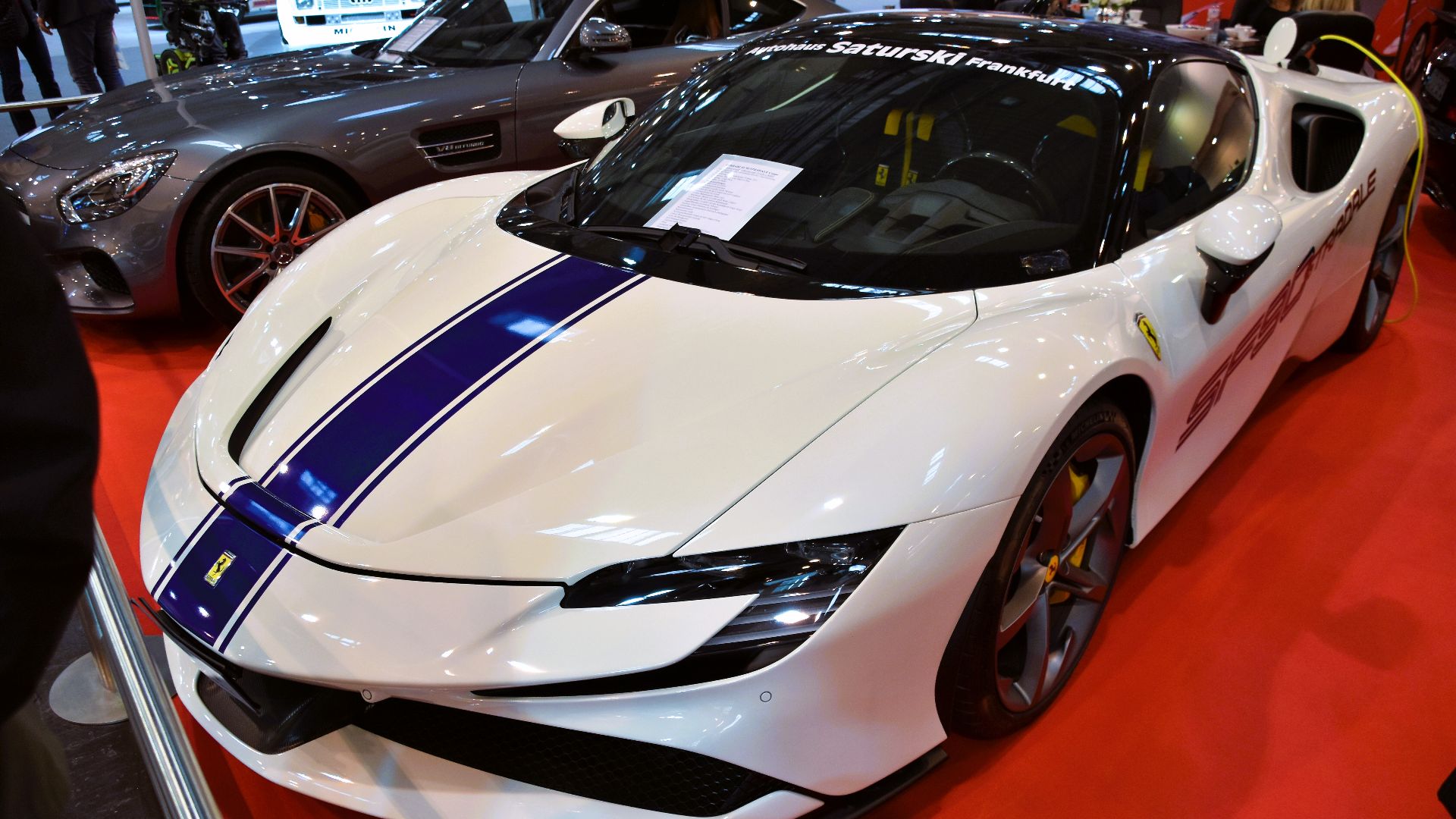 Charles from Port Chester, New York on Wikimedia
Charles from Port Chester, New York on Wikimedia
3. McLaren P1
Launched in 2013, the McLaren P1 combines a 3.8-liter twin-turbo V8 with electric power, producing a combined 903 horsepower. Instant Power Assist and Drag Reduction add racing utility, and an Inconel exhaust ensures durability under extreme heat. Just 375 units were produced, and all were sold within months.
4. Aston Martin Valkyrie
A naturally aspirated 6.5-liter V12, co-developed with Cosworth, powers the Valkyrie. Extreme aerodynamics generate downforce similar to a Le Mans car, and carbon fiber construction keeps weight minimal. Designed with F1 engineer Adrian Newey, the car showcases Aston Martin’s technical ambition.
5. Porsche 918 Spyder
Porsche’s racing insights shaped the 918’s design. This plug-in hybrid combines a 4.6-liter V8 with dual electric motors, generating 887 horsepower. Regenerative braking and carbon monocoque construction deliver performance and balance. The top speed reaches 211 mph, and it laps the Nürburgring in under seven minutes.
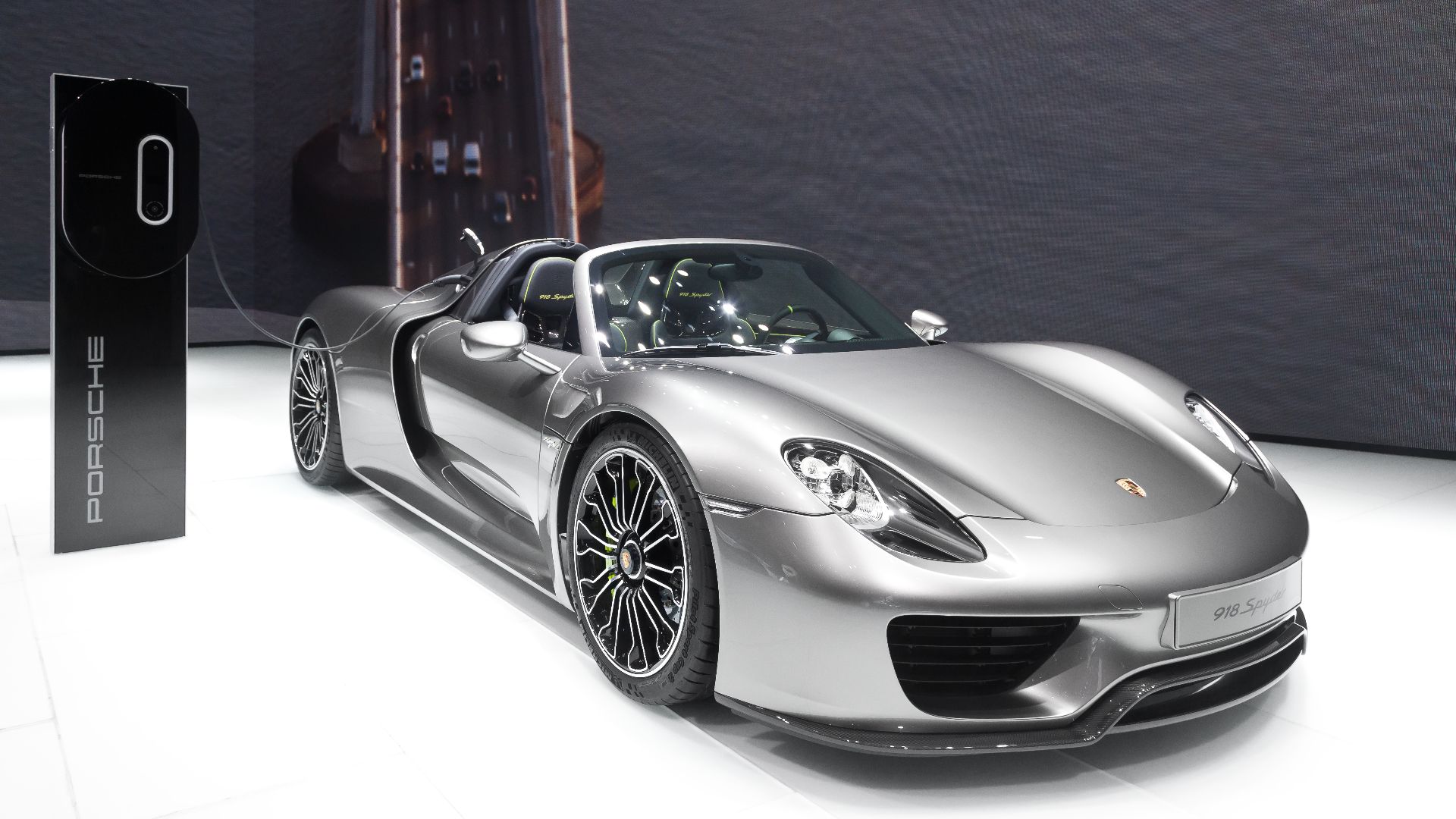 Thomas Wolf, www.foto-tw.de on Wikimedia
Thomas Wolf, www.foto-tw.de on Wikimedia
6. Koenigsegg Jesko
The Koenigsegg Jesko features a Light Speed Transmission that shifts faster than F1 gearboxes. Active aerodynamics, rear-wheel steering, and a carbon-fiber monocoque deliver true motorsport-grade handling. With 1,600 horsepower and track-tuned suspension, it blurs the line between hypercar and race car, showcasing elite Formula 1-style engineering.
7. Lexus LFA Nurburgring Edition
Engineered with Toyota’s F1 know-how, this limited-edition LFA received stiffer suspension and improved aerodynamics. Its 4.8-liter V10 revs so quickly that it requires a digital tachometer. Only 50 units were built, each clocking a Nürburgring time of less than 7:15 seconds.
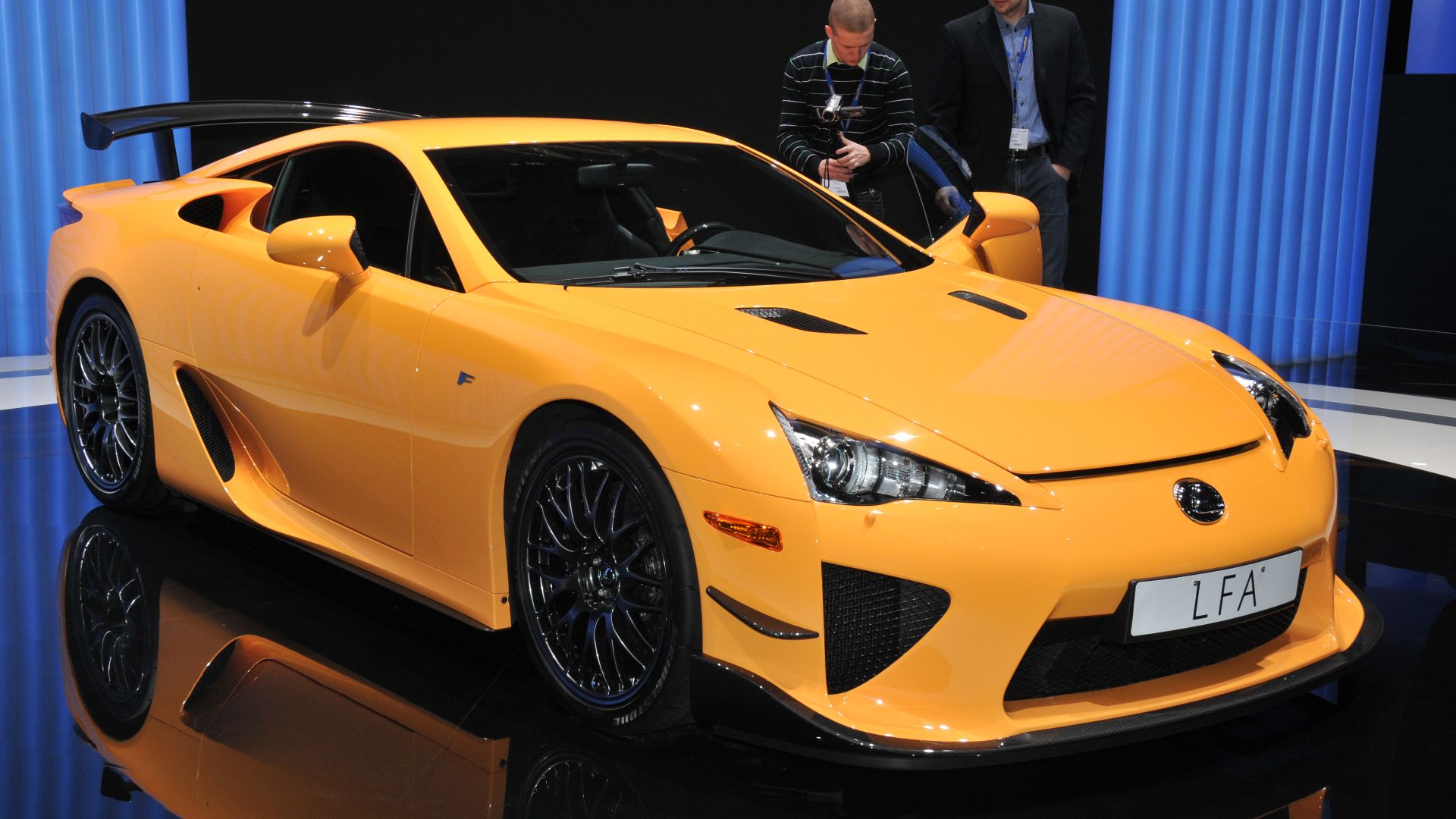 Autoviva from Portugal on Wikimedia
Autoviva from Portugal on Wikimedia
8. Porsche Carrera GT
The car features a 5.7-liter V10 engine originally developed for Porsche’s canceled F1 and Le Mans prototypes. A high-revving engine, combined with a race-style six-speed manual transmission, brought motorsport DNA straight to the road. Additionally, ceramic composite brakes and a driver-focused setup offer a visceral and analog experience.
9. Maserati MC20
Maserati's MC20 has a Nettuno engine that incorporates pre-chamber combustion technology directly derived from Formula 1. This twin-turbo V6 delivers 621 horsepower and features a dry-sump lubrication system. With its carbon fiber body and lightweight build, the MC20 seamlessly merges advanced road performance with elite-level motorsport engineering.
10. Alfa Romeo Giulia Quadrifoglio
This sports sedan features a 2.9-liter twin-turbo V6 derived from Ferrari architecture. It can hit 60 mph in only 3.8 seconds and lap the Nürburgring in under 7 minutes. Several active aero elements, a torque-vectoring differential, and a carbon driveshaft aid the car’s performance and handling.
11. Honda NSX (Second Generation)
Under the NSX’s hood, three electric motors work with a twin-turbo V6 to deliver 573 horsepower. While launch control mimics race-style starts, this car’s acceleration remains seamless, thanks to electric torque fill. The algorithms for the front motor unit drew on hybrid calibration methods developed during Honda’s Formula 1 partnership.
12. Ferrari F50
Built to celebrate Ferrari’s 50th anniversary, the F50 is the closest thing to a Formula 1 car for the road. Its 4.7-liter naturally aspirated V12 was derived directly from Ferrari’s 1990 Formula One engine. The carbon fiber tub and pushrod suspension were particularly designed to offer a race-car-like experience.
13. Ferrari LaFerrari
Ferrari’s LaFerrari combines a naturally aspirated V12 with a 161-hp electric motor, yielding a combined 950 hp. The lithium-ion battery cells were developed in collaboration with Ferrari’s Formula 1 engineers for optimal power density. Also, active aerodynamics manages airflow based on speed and cornering force.
14. Delage D12
The D12’s aerodynamic system includes front wings, rear air brakes, and a dynamic rear wing. It also adopts an F1-style contractive suspension and a carbon fiber monocoque. With a 7.6-liter naturally aspirated V12 and an electric motor, this car delivers a combined 1,100 horsepower.
15. Peugeot 405 T16 GR (Pikes Peak)
Peugeot’s 405 T16 GR brings F1-inspired engineering to a homologated production car. Derived from Peugeot’s motorsport division, it utilized an F1-derived anti-lag system, though the system was new and not very effective at the time. The car also features a turbocharged engine and active hydropneumatic suspension.
 Nrike darklighter on Wikimedia
Nrike darklighter on Wikimedia
16. GMA T.50
Designed by legendary F1 engineer Gordon Murray, the T.50 redefines F1-inspired road cars. A 3.9-liter naturally aspirated V12, a six-speed manual, and fan-assisted active aerodynamics set the car apart. Every component reflects Murray’s minimalist F1 philosophy, focusing on lightweight agility and unmatched driver engagement.
17. McLaren Artura
The Artura’s instant torque delivery comes from an axial flux electric motor paired with a twin-turbo V6. An Ethernet-based architecture improves responsiveness and reduces weight, while regenerative braking and quick-fire shifting enhance the hybrid driving experience. Furthermore, the platform shares its electrical data systems with McLaren’s F1 telemetry infrastructure.
18. Mercedes-Benz CLK GTR
Originally built for GT1 homologation, the CLK flaunts Mercedes' racing pedigree through its carbon fiber body and aerodynamically aggressive design. It shares core engineering with F1 technologies of the era, offering a true motorsport-grade experience. Only 25 road versions of this beast were produced.
19. McLaren F1
The McLaren F1 is one of the most iconic supercars ever built. The car’s legendary features include a central driving position and a naturally aspirated BMW V12 engine. Designed by Gordon Murray, the McLaren F1 has a carbon fiber monocoque and an obsessive focus on weight reduction.
20. McLaren Senna
McLaren’s Senna is a radical track-focused road car named after Formula One legend Ayrton Senna. Powered by a 789-horsepower 4.0-liter twin-turbo V8, it has a race-derived double-wishbone suspension system. The Monocage III carbon chassis ensures rigidity and featherweight precision.


